Praise for Small, Mixed-Use Buildings
This article was originally published on Seth Zeren’s Substack, Build the Next Right Thing. It is shared here with permission. All images for this piece were provided by the author, unless otherwise indicated.
When you walk around a neighborhood like mine, built before modern planning and zoning (and automobiles), it’s typically peppered with little storefronts like these:
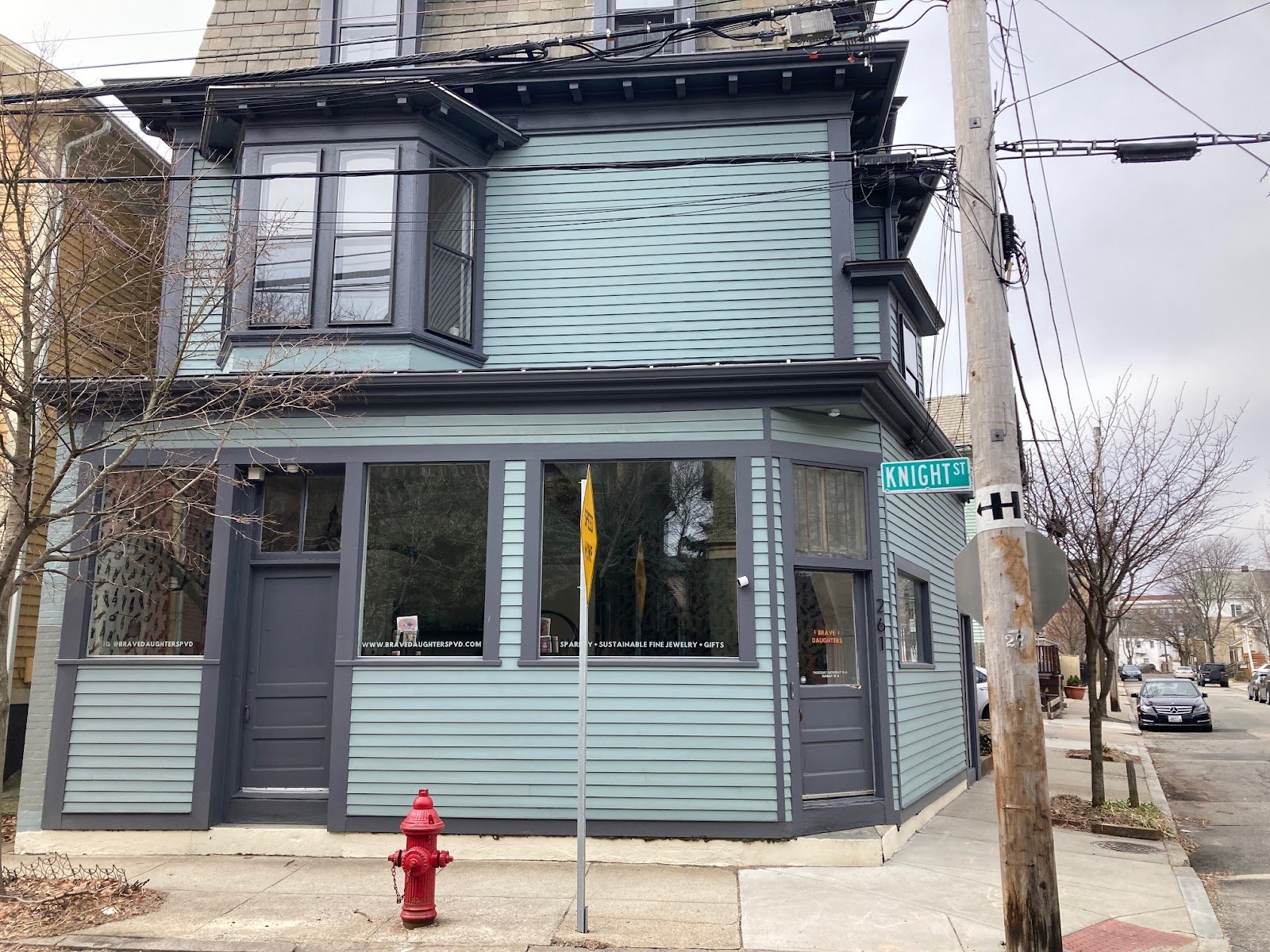
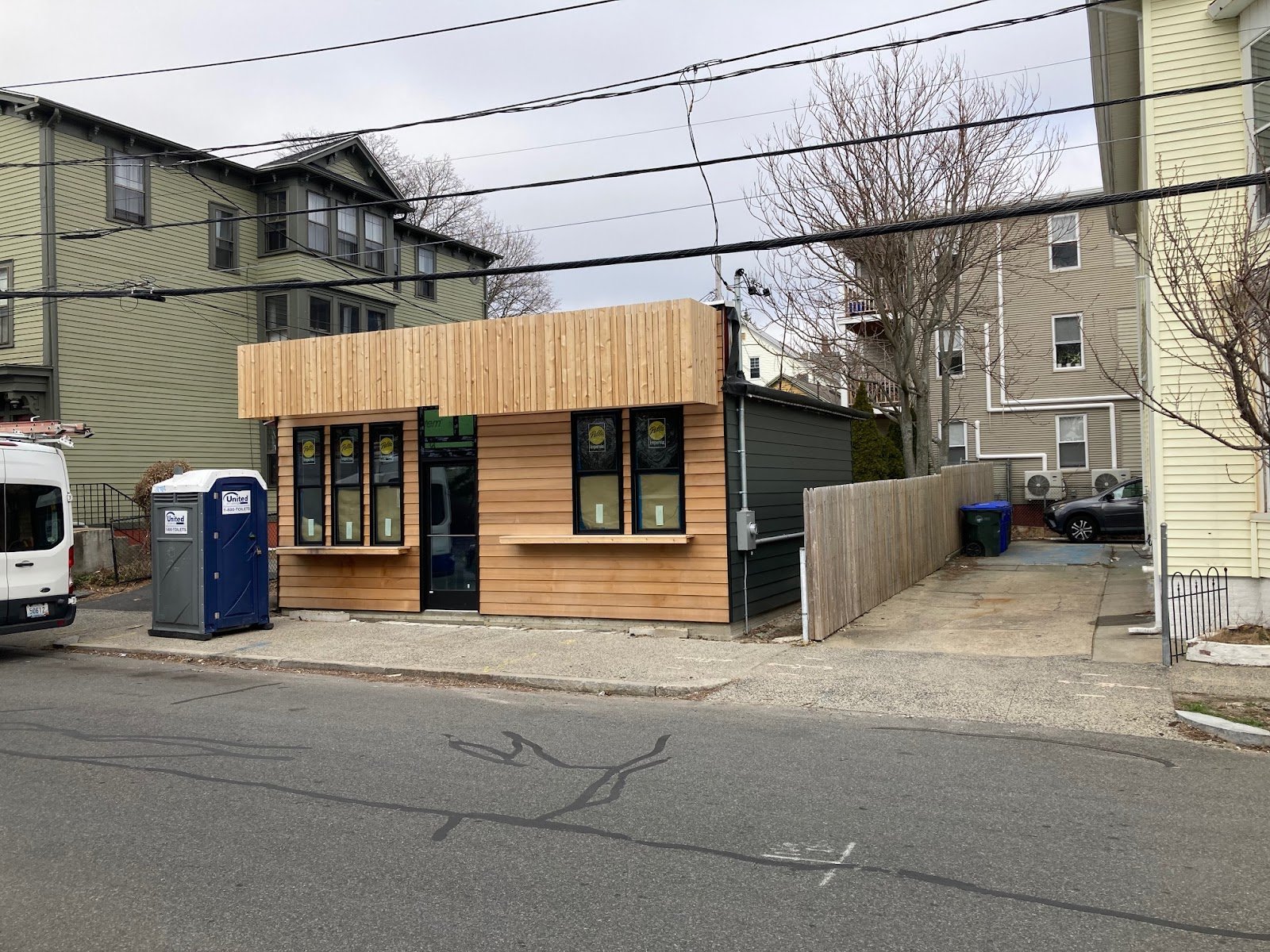
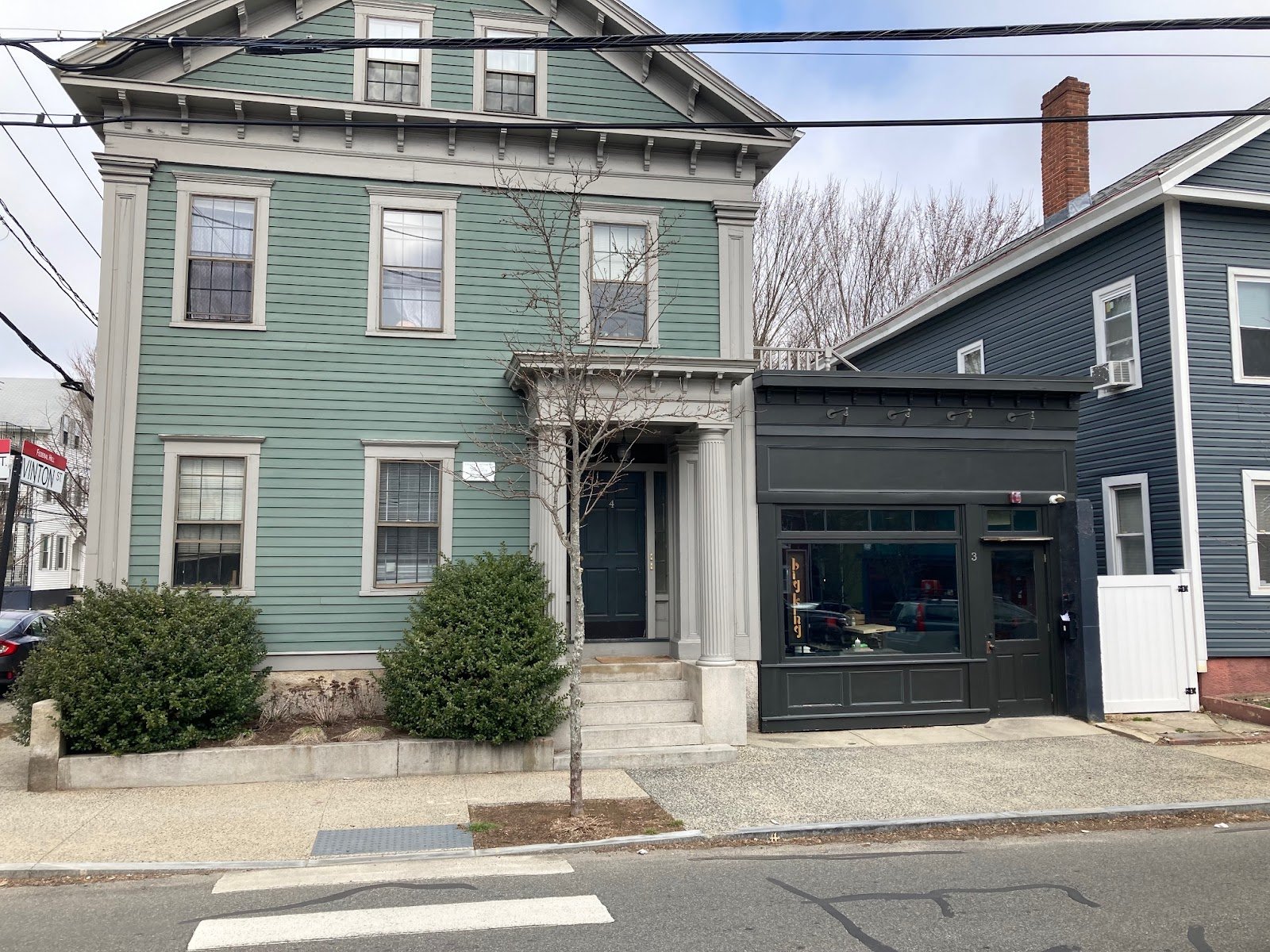
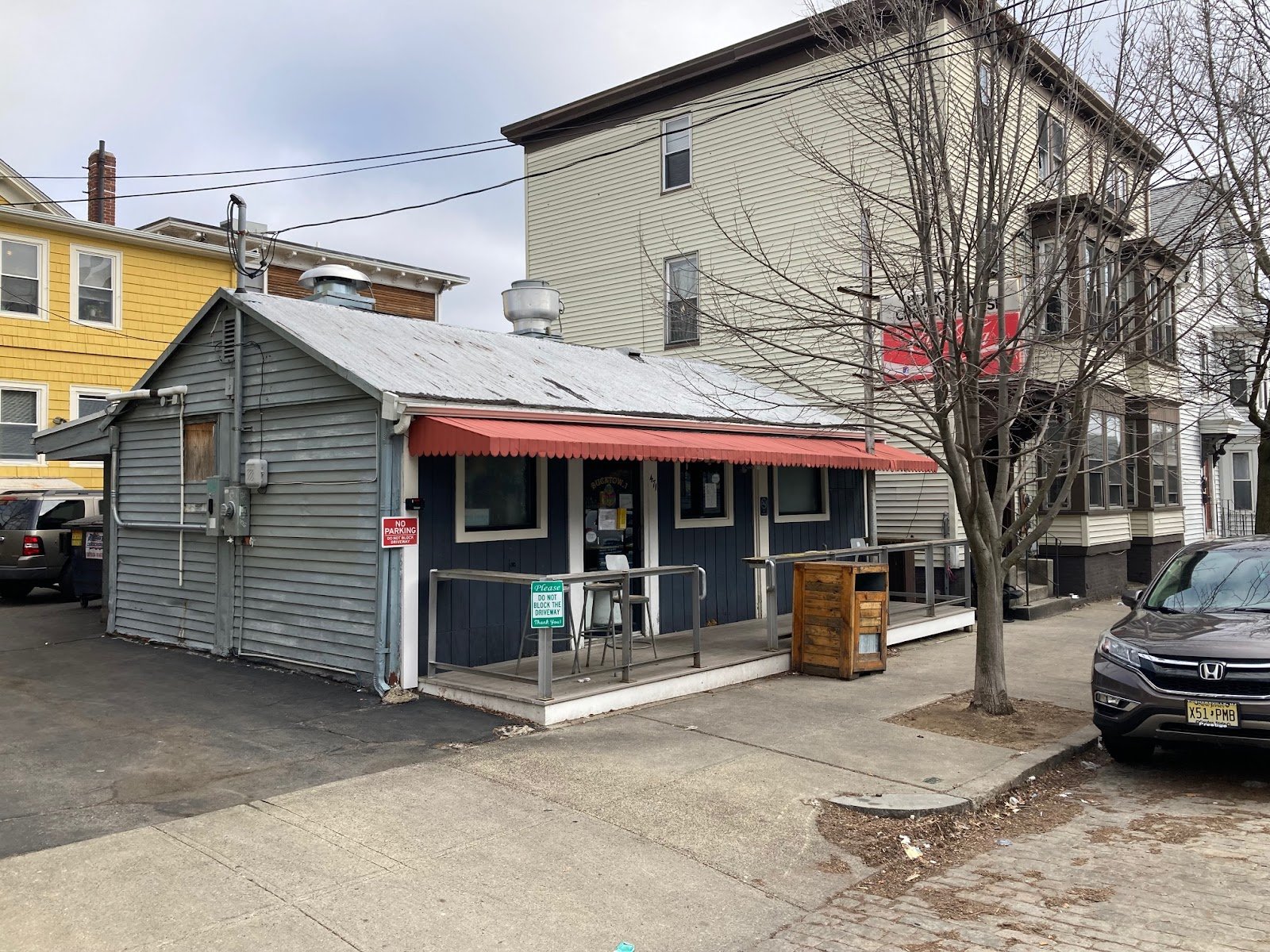
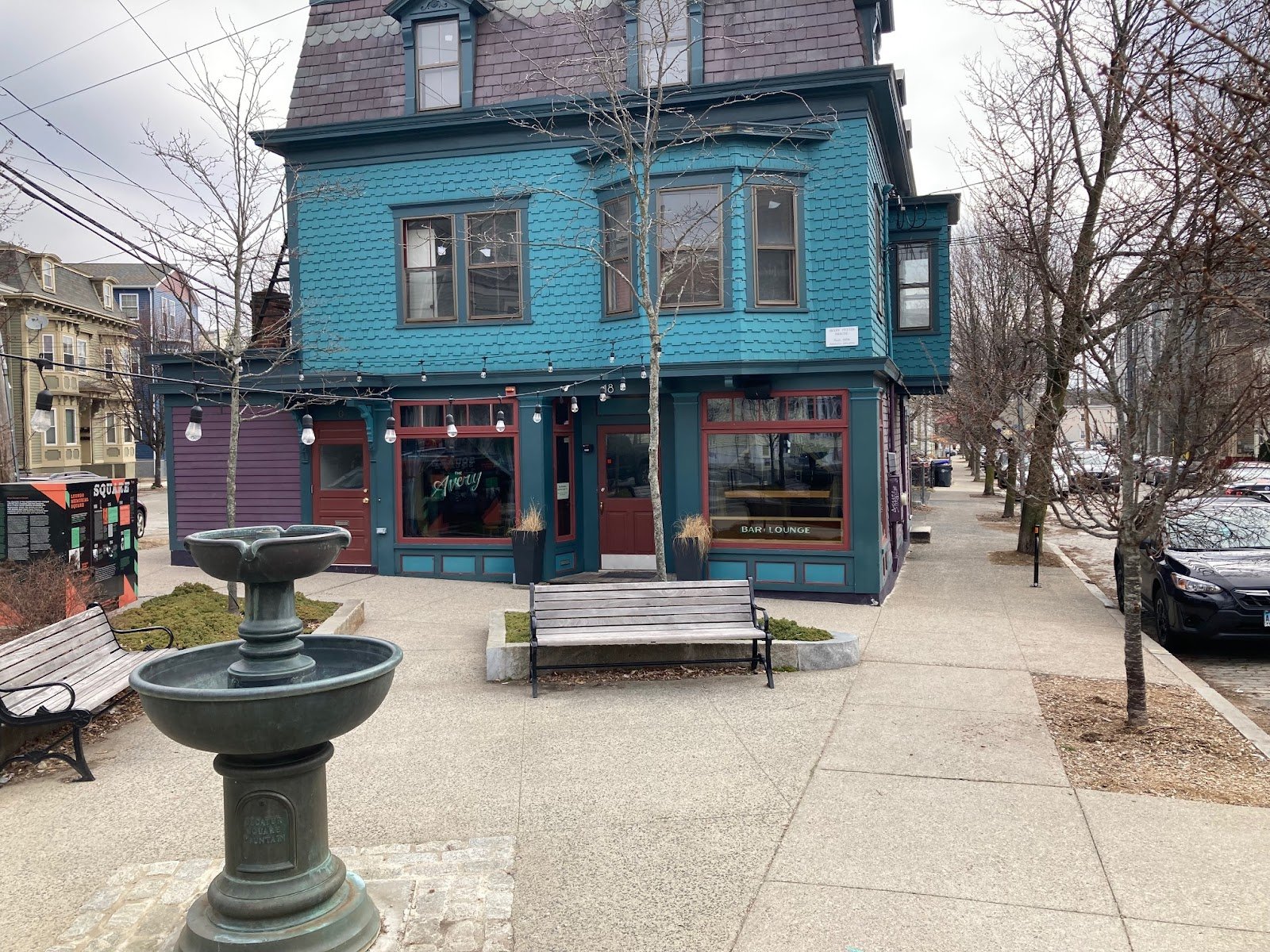
These pictures were all taken within a few blocks of each other in the West End neighborhood of Providence, Rhode Island, where I live. If you look closely, you will see that this neighborhood once had many more such little stores. Unfortunately, in the hard times of the mid 20th century, when suburbanization drained the city of its wealth, residents, and businesses, many of these storefronts were converted into cheap apartments—and that’s the form they remain in to this day.
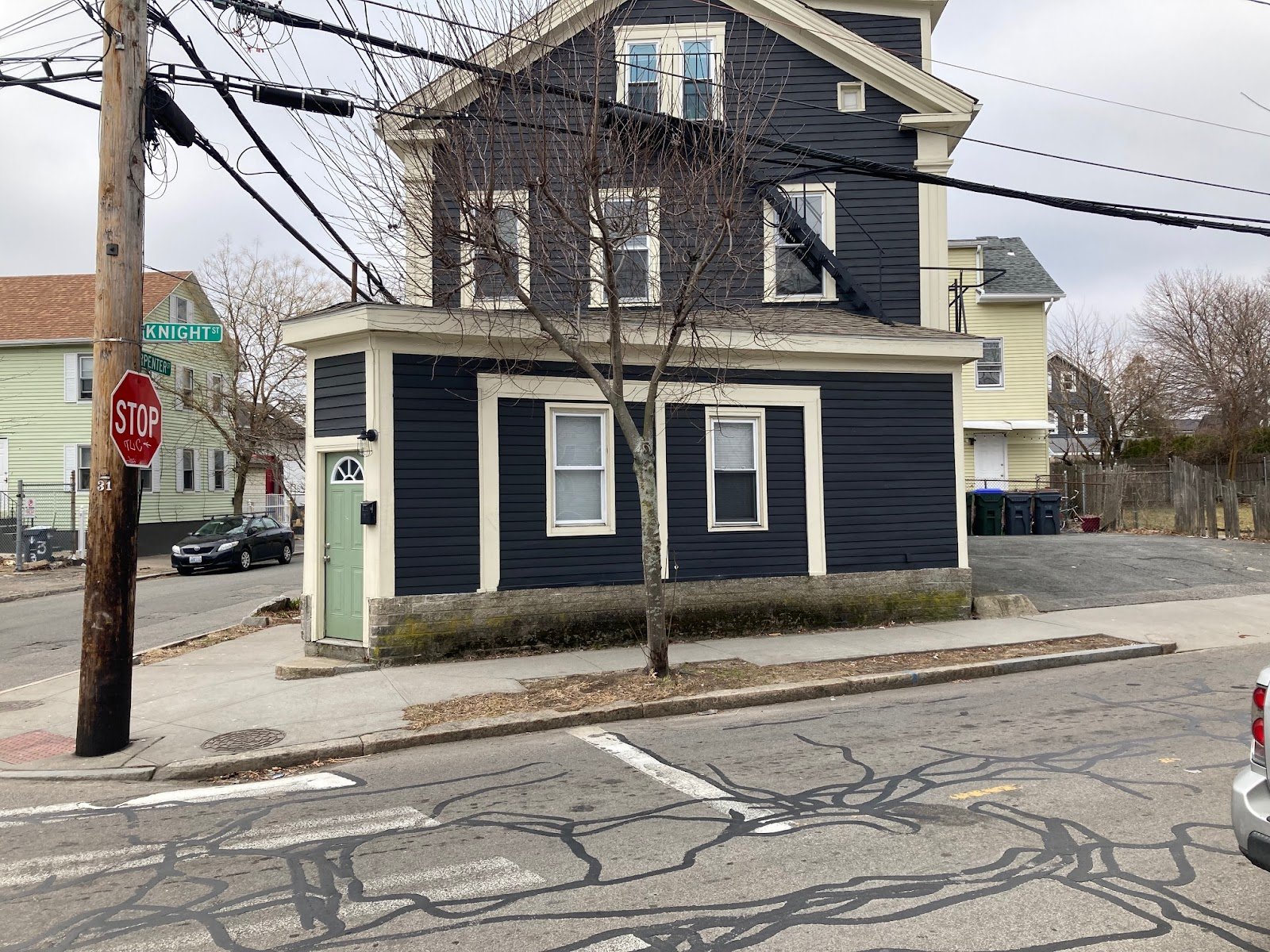
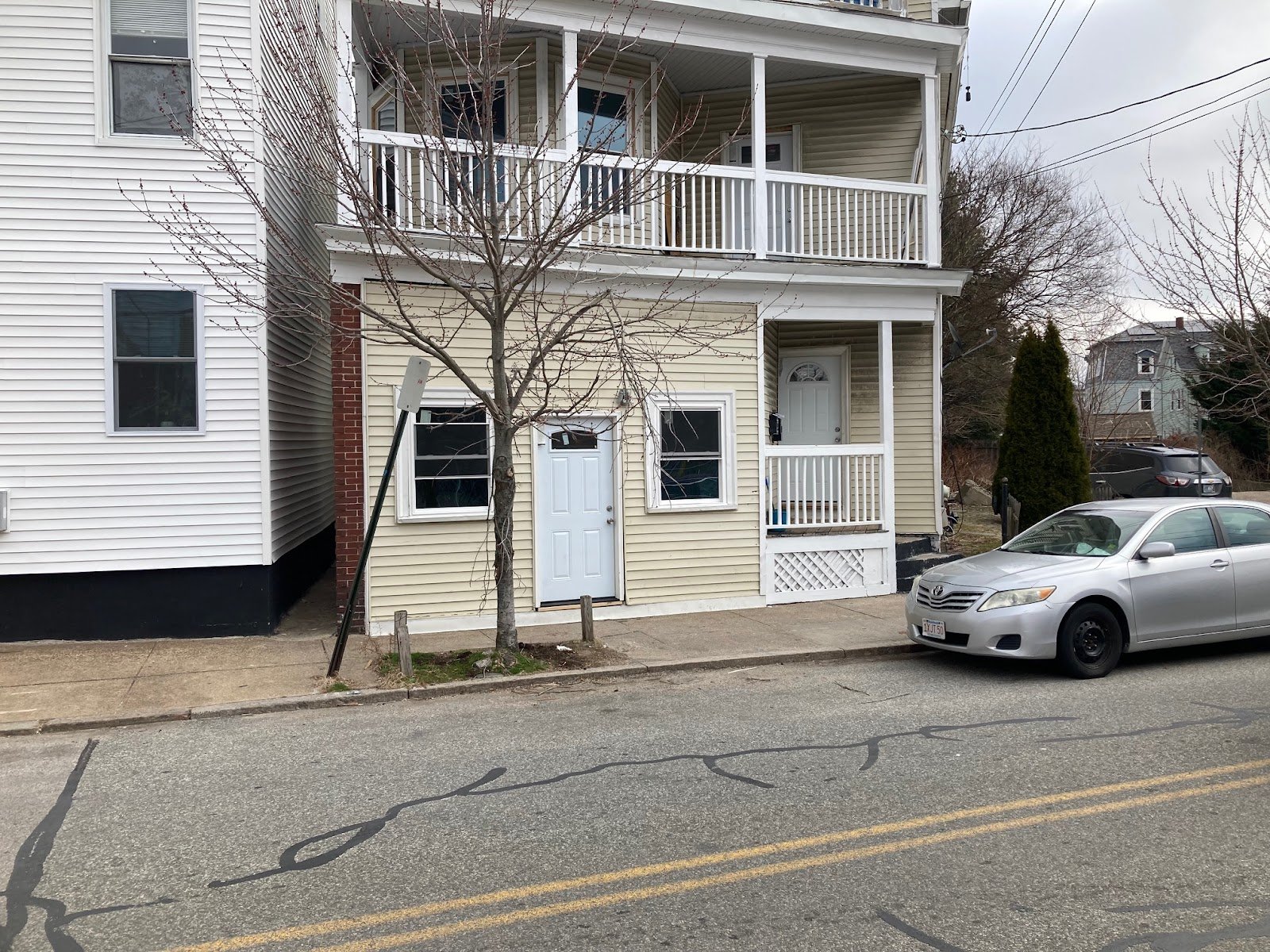
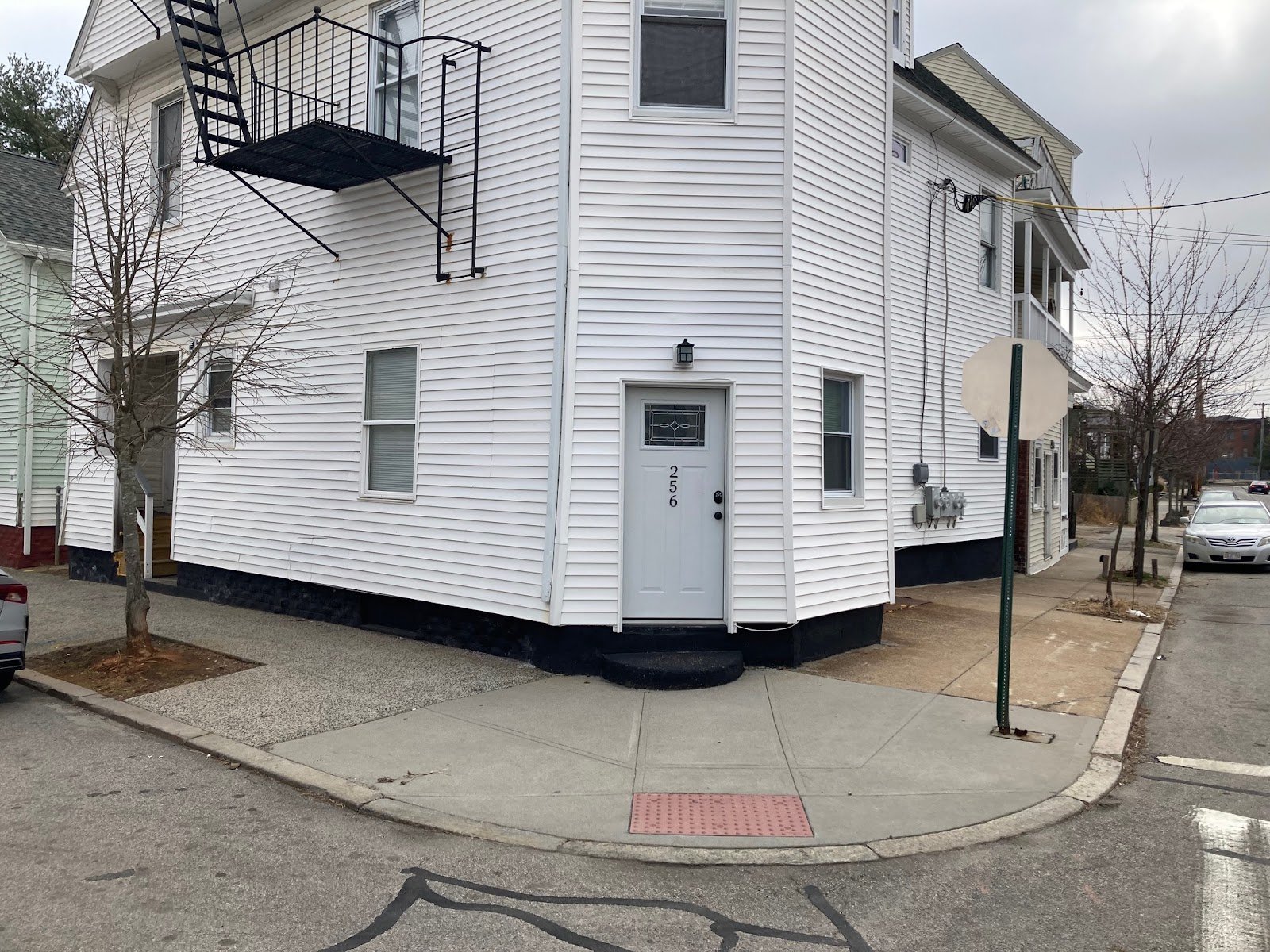
I have seen small active storefronts in North America, Europe, Africa, and Asia. When people get around in cities mostly on foot, shops like these provide essential goods and services within walking distance. They also provide places for neighborhood residents (often as local as the building owner upstairs) to earn a livelihood.
I appreciate these little shops not only for their utility, but also because they do so much to increase the interest and vitality of a neighborhood. When I walk around my neighborhood, the daytime activity means there are people about, people inside storefront windows, eyes on the street, shop displays to look at, people to watch. In a real sense, these little shops do more to humanize a neighborhood than the multitude of apartments around (largely empty by day, with their shades drawn at night). Because they are generally pretty small, these storefronts are also typically pretty affordable, creating a foothold for new businesses and entrepreneurs to get established and grow their businesses.
All of the buildings above are in the R-3 zoning district, which is Providence’s small, multifamily zoning district: allowing duplexes, triple-deckers, and townhouses—and no commercial uses. While there are plenty of things I would tweak in Providence’s zoning ordinance, it’s genuinely pretty reasonable and has a few remarkably insightful things snuck into it. One such provision is that it allows buildings which were originally built with commercial units to be reused as “Neighborhood Commercial Establishments,” subject to a reduced list of allowable uses and requiring a special permit. This provision is what allows these businesses to exist mixed into a residential neighborhood. Unfortunately, there’s no provision in the current zoning to allow more such neighborhood commercial establishments in new buildings.
Why Can’t We Have Nice Things
Most American zoning ordinances, from the very beginning, were very focused on the separation of uses. The idea being that shops and offices were actively detrimental to the health of residential streets. The separation of uses has descended from its Victorian-infused roots to the present day through zoning practice that assumes the necessity of residential only zones.
I think it’s time to change this. We could change our zoning rules to allow new buildings (and existing buildings) to pepper in more small commercial spaces to help spice up and enliven our residential streets and neighborhoods. I would go so far as to say that we should actively encourage the creation of these little storefronts (property tax incentives, grants, bonus density, etc.) because of their positive spill-over effects on the neighborhood. There’s even a hip term for it in urbanism and zoning reform circles: the “accessory commercial unit.”
An accessory commercial unit on a house. Is there any reason we shouldn’t have nice buildings like this next to my house? (Source: Garlynn Woodsong.)
Beyond zoning, one of the other less visible barriers to these types of buildings is the building code.
When you add a commercial unit, in most jurisdictions, the building moves from the “residential” code to the “commercial” code. This has a number of consequences—most significantly, it usually triggers expensive sprinkler requirements (though sometimes we grandfather existing buildings without sprinklers), more expensive fire alarm systems, and other added costs, such that building a little commercial unit can be more expensive than the same area just being an apartment. But are all these added costs really necessary to have a therapist’s office on the ground floor? We should rightsize our building codes to allow these small commercial uses under the less stringent residential building codes, so that we can make these small mixed-use buildings economically viable once again.
As we make these tweaks under the hood, we can encourage the rejuvenation of neighborhood commercial goods and services and make our neighborhoods more vibrant and walkable.


Seth Zeren is a recovering city planner turned neighborhood developer, advocate, and educator. Seth is a founding member of Strong Towns and occasional contributor over the years. He grew up in the San Francisco Bay Area before moving to the East Coast for college and settling down in Providence, Rhode Island, where he lives with his wife and two young kids. He writes at Build the Next Right Thing.